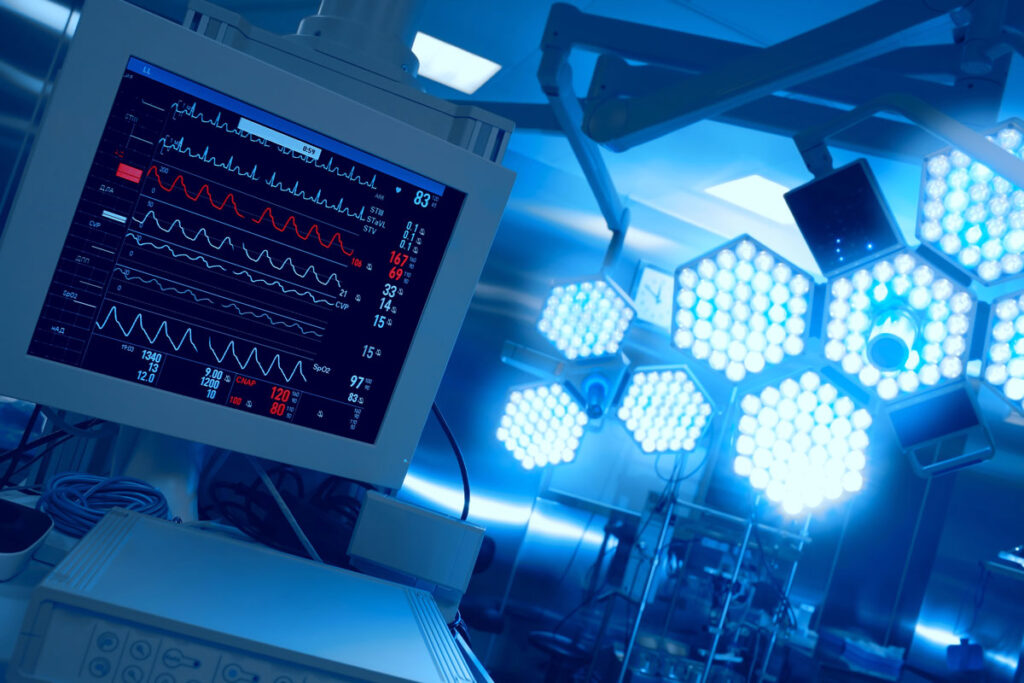Infusion pumps are used across the medical industry and are used to assist with the delivery of fluids, nutrients, or drugs to patients. These devices are used to help with providing controlled delivery of these fluids either in the hospital or at home for home therapy. Even though they provide important care to patients, as with any technology some issues need to be prevented to ensure the safety and health of patients. Some of these issues are as follows.
Software Defects
Some infusion pumps may fail to signal alarms that have been pre-programmed when a problem occurs, while others may activate these alarms even if no problem is present. Another standard software error is called a “key bounce” where the pump may accidentally register one keystroke as multiple, which may result in over or under-infusion.
While these issues are infrequent, to prevent them, it’s always important to keep your alarms and what keystrokes have been entered to make sure they are set correctly instead of just assuming it has been done correctly.
Improper Equipment Cleaning
Cleaning procedures for your infusion pumps must be followed accurately and regularly. Along with proper cleaning, transportation of the devices should also be carefully monitored to ensure it is being moved safely.
Preventing mistakes in cleaning and transportation comes down to following the recommendations by manufacturers and standard facility regulations for instrument maintenance and cleaning. Proper training on how to clean infusion pumps can also play a key role in ensuring that all pumps are properly looked after and safe to use.
Ignored Alarms
Alarm fatigue can be a big issue in many hospitals and medical facilities. Although alarms are designed as a preventive method to protect patients, many medical devices including infusion pumps have these alarms and when too many are active within a facility, it can cause staff members to tune them out. While it is through no real fault of their own, many important alerts may be missed throughout a busy day.
To ensure the safety of all patients, it’s essential that all staff working in the facility go through regular training and that your facility considers investigating medical devices with alarm alternatives where possible to prevent alarm blindness. Prioritizing the development of an alarm management system can also be a good way to assess where vulnerabilities may lie and work on the improvement of patient treatment.
Mechanical or Electrical Failures
Infusion pumps are also affected by failures of components such as pump housings that may begin to deteriorate after routine use. These issues can cause battery failure or even pump fires. To prevent this, it’s important to properly maintain infusion pumps and assess whether the pump needs to be retired due to overuse. The most common battery-related issue, however, is human negligence. Forgetting to replace batteries during maintenance, or even forgetting to plug the pump in. Avoiding these issues is as simple as not growing complacent. Continuing to follow steps as laid out by the facility and manufacturer, and keeping a checklist where possible, will ensure these steps are followed.
Infusion pumps are a very important part of day-to-day in medical facilities and an essential medical device. Following the correct steps to ensure that they are being used and maintained correctly can mean the difference between high-quality and low-quality medical care, so be sure to get the most out your infusion pumps by following directions and keeping your medical device clean and safe.

